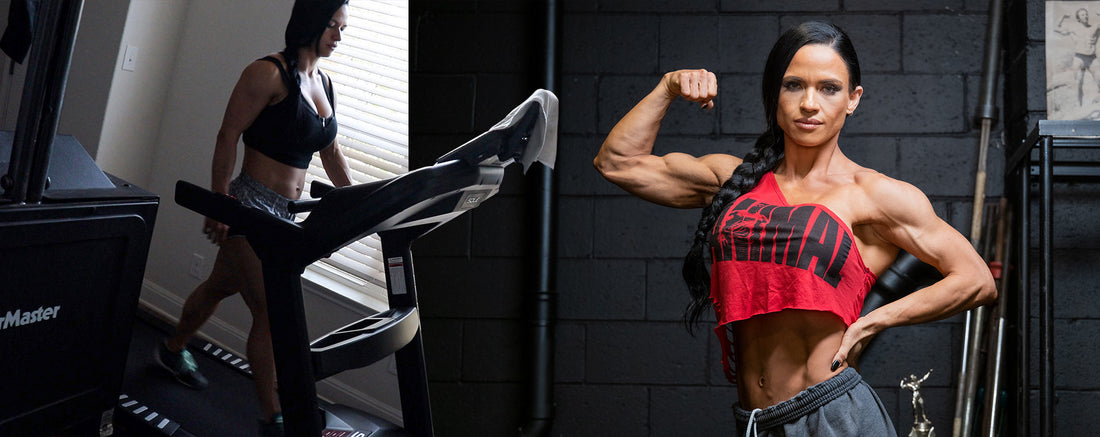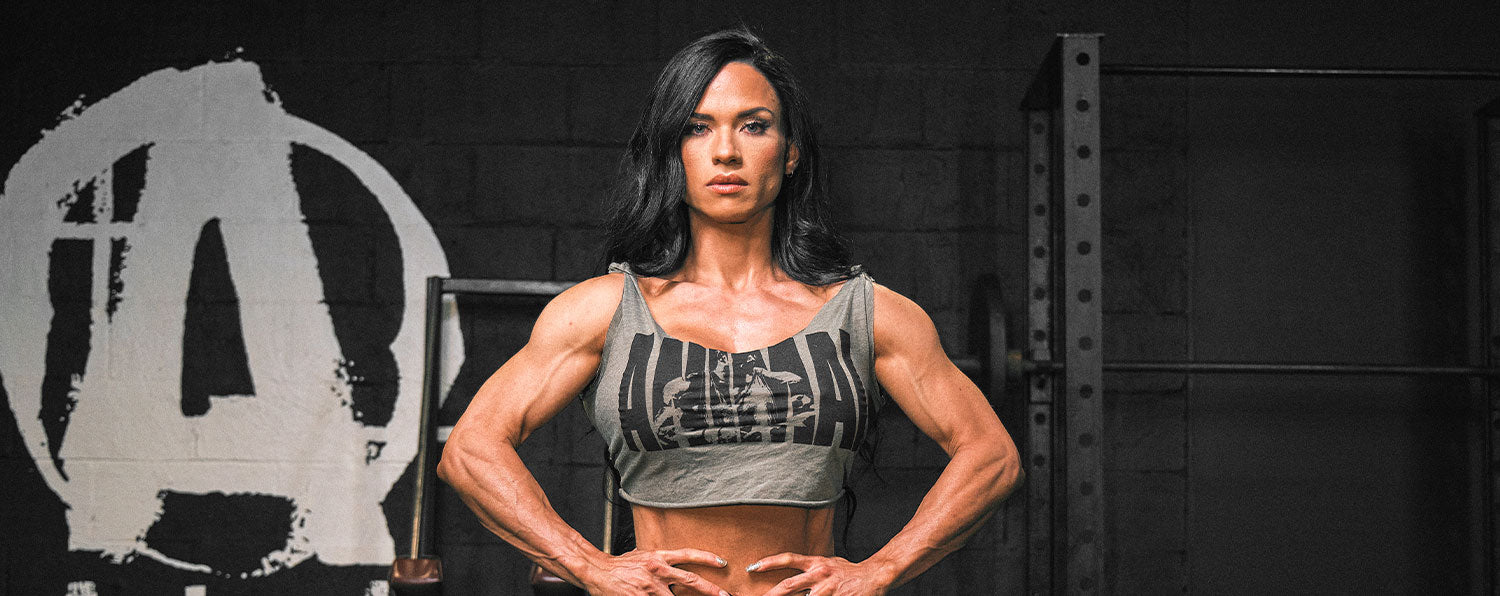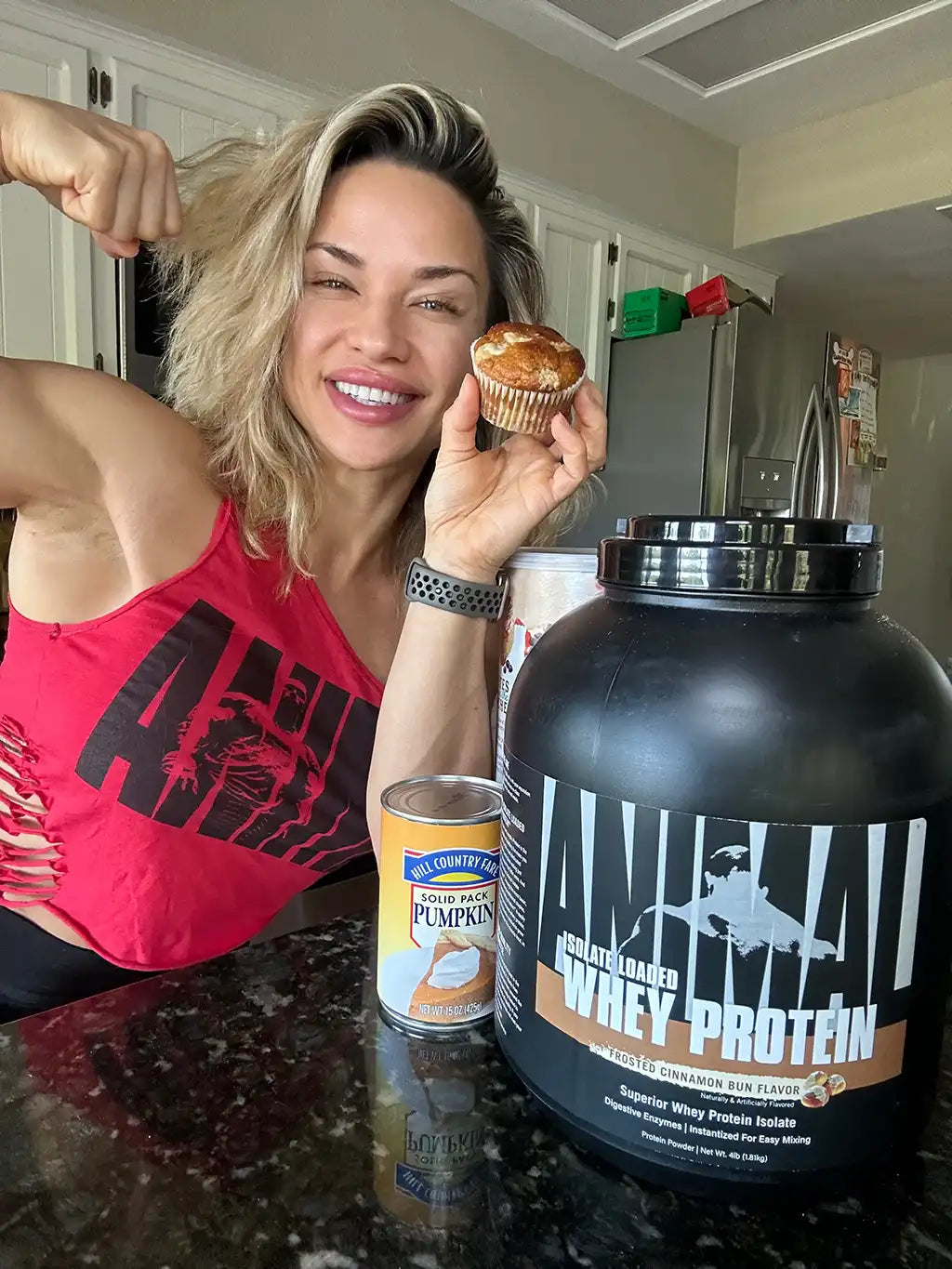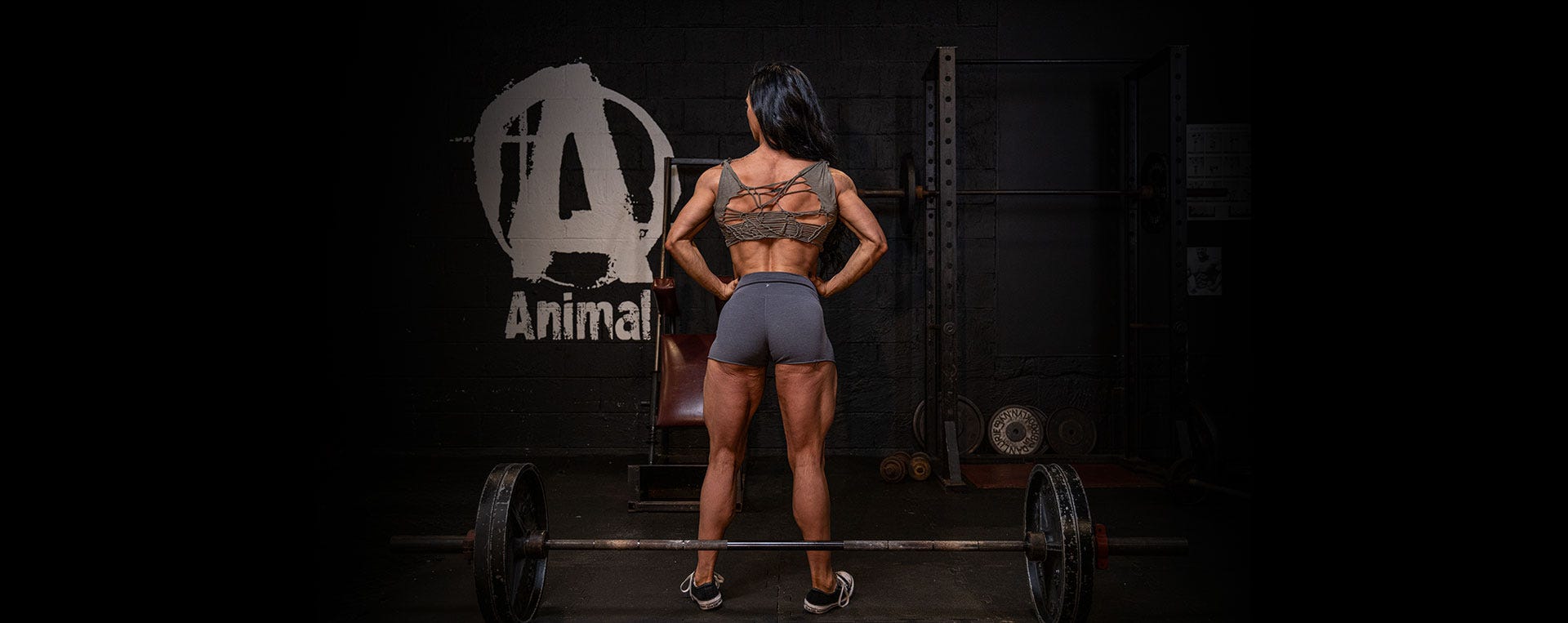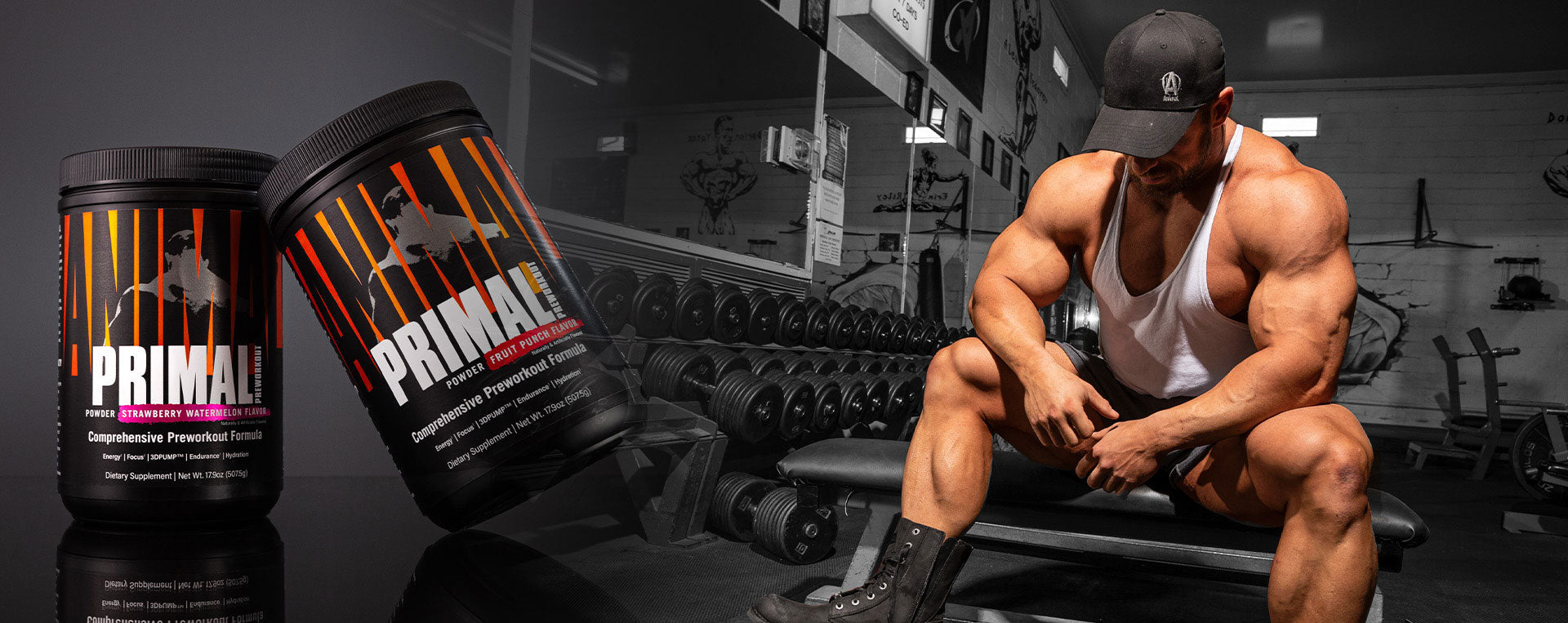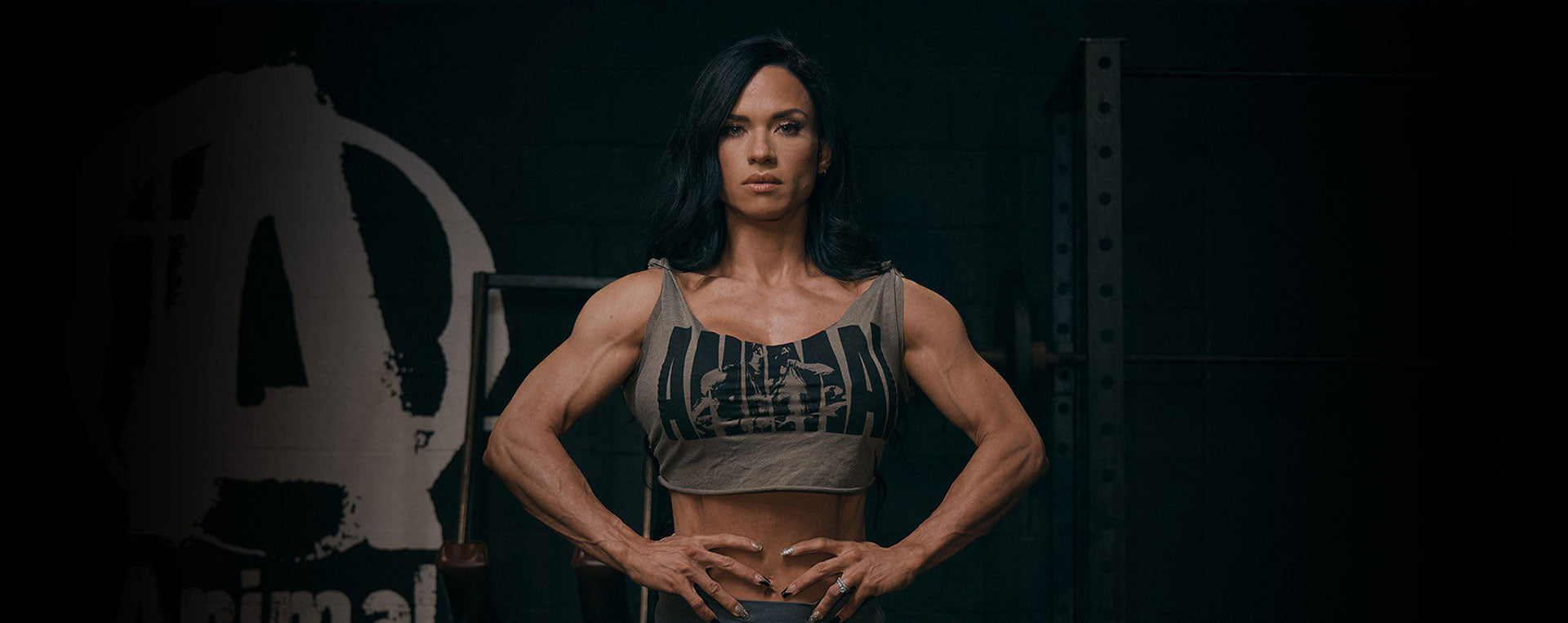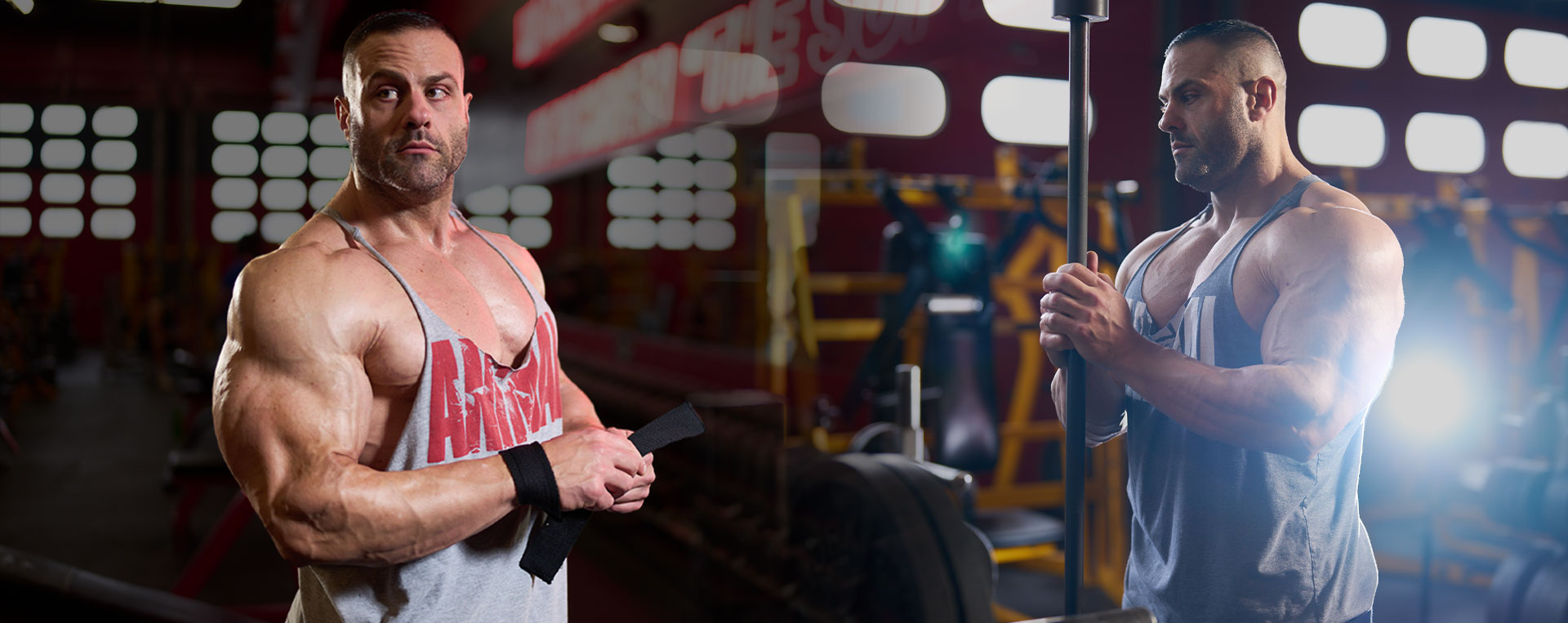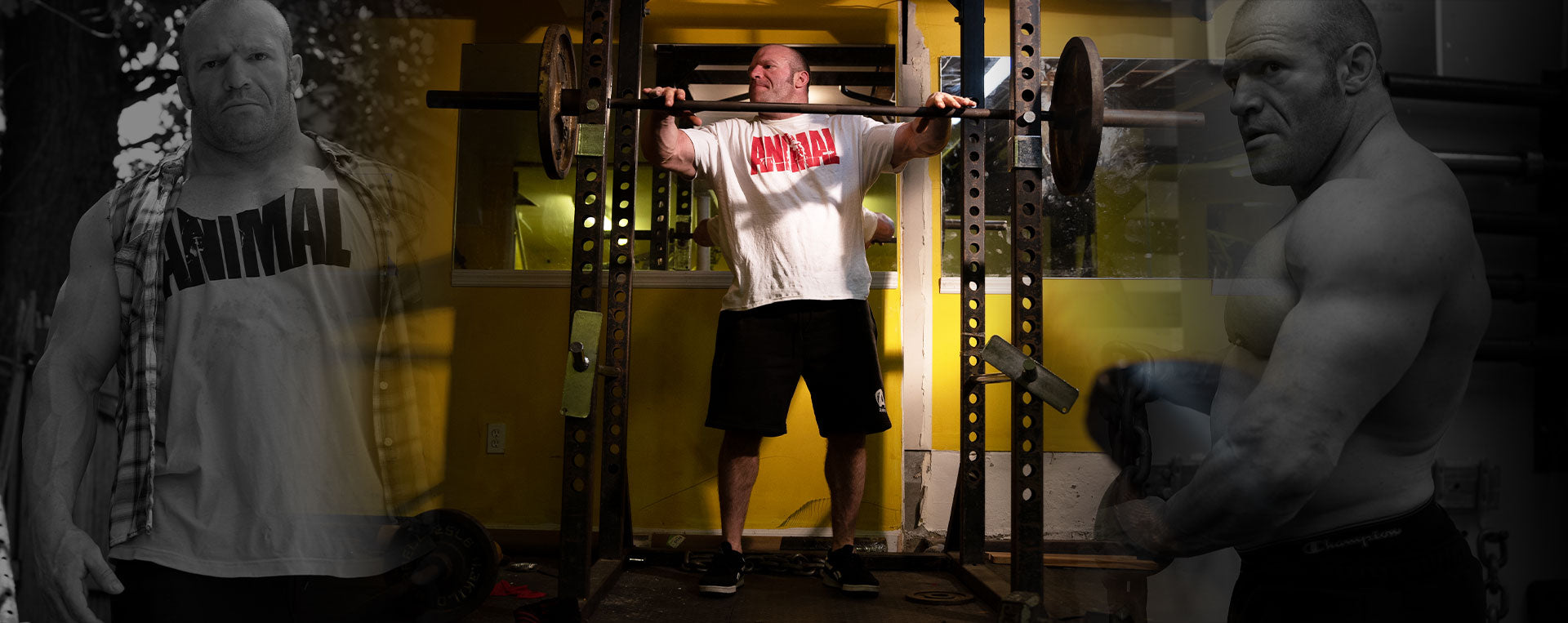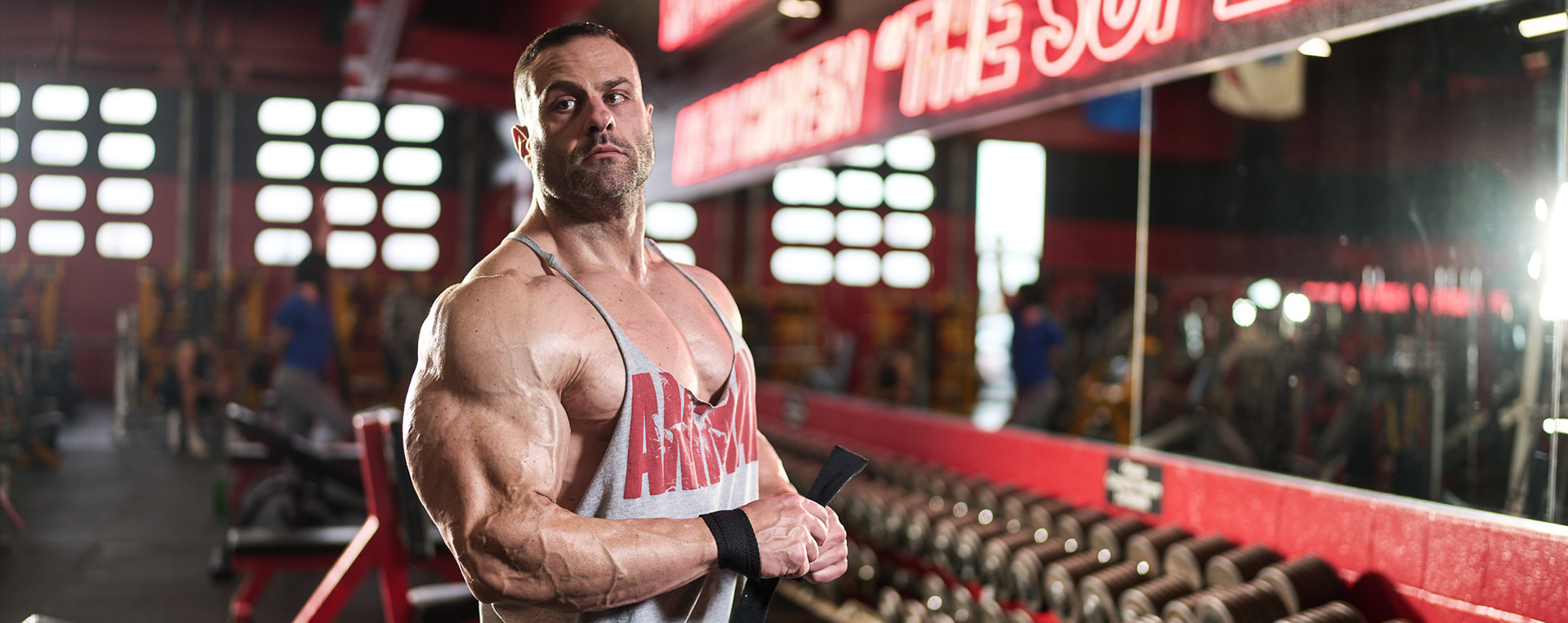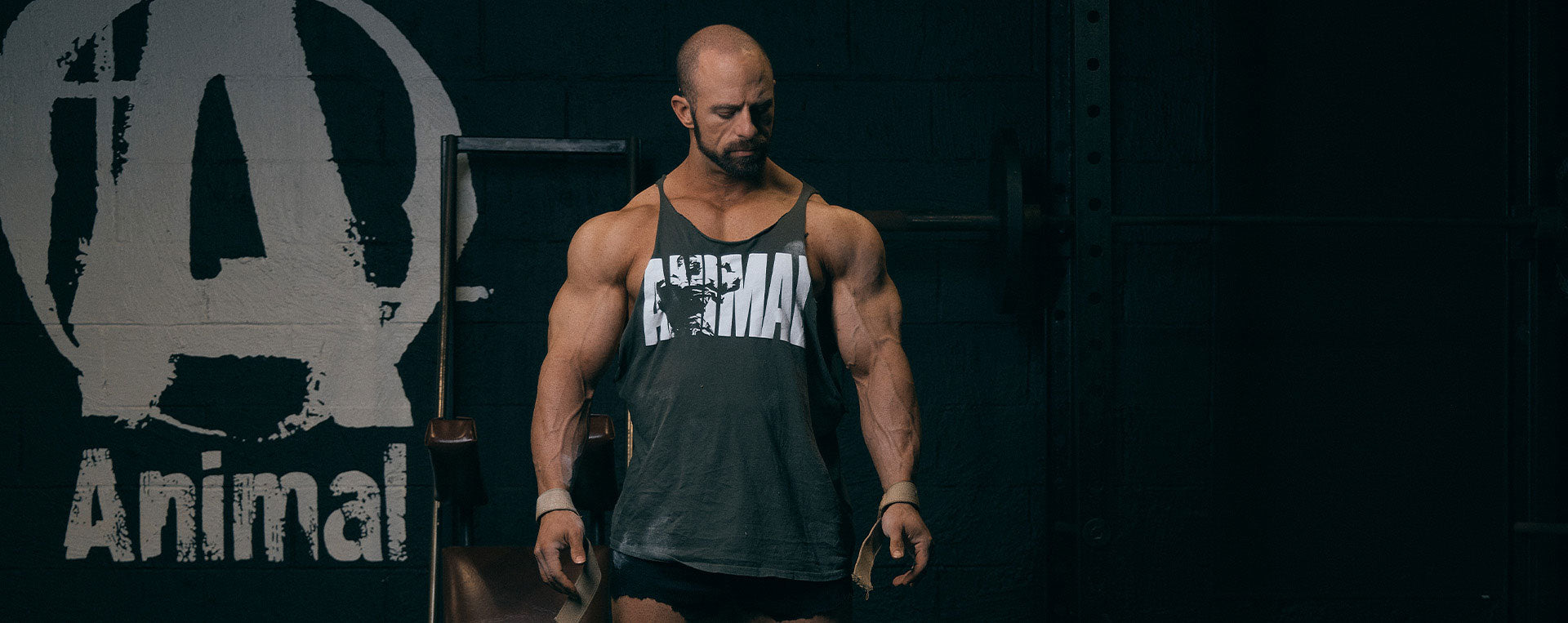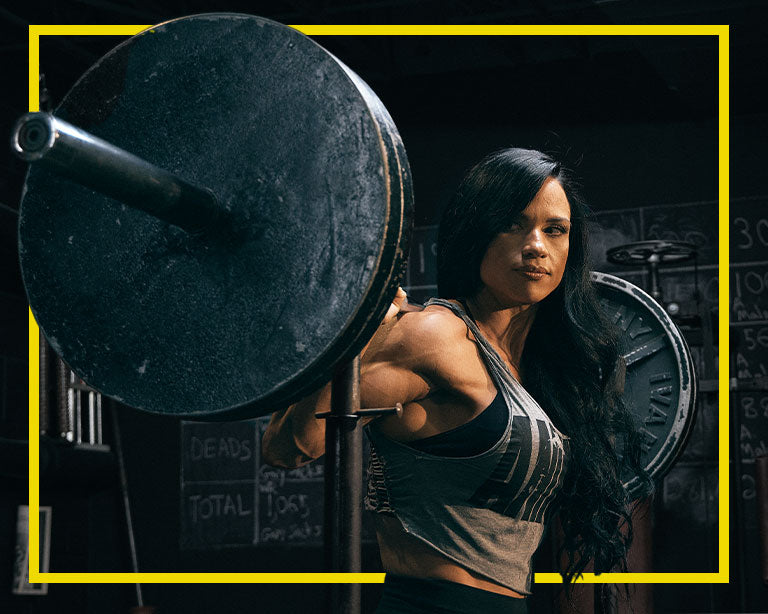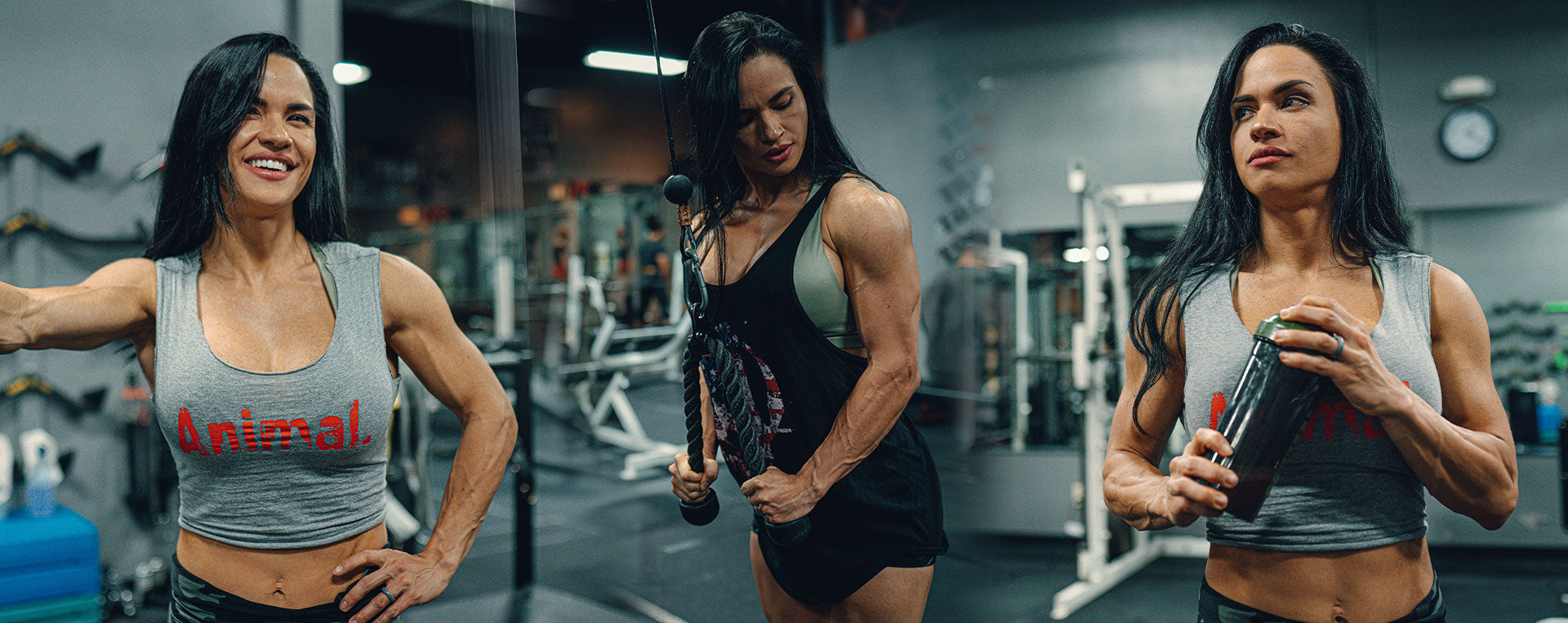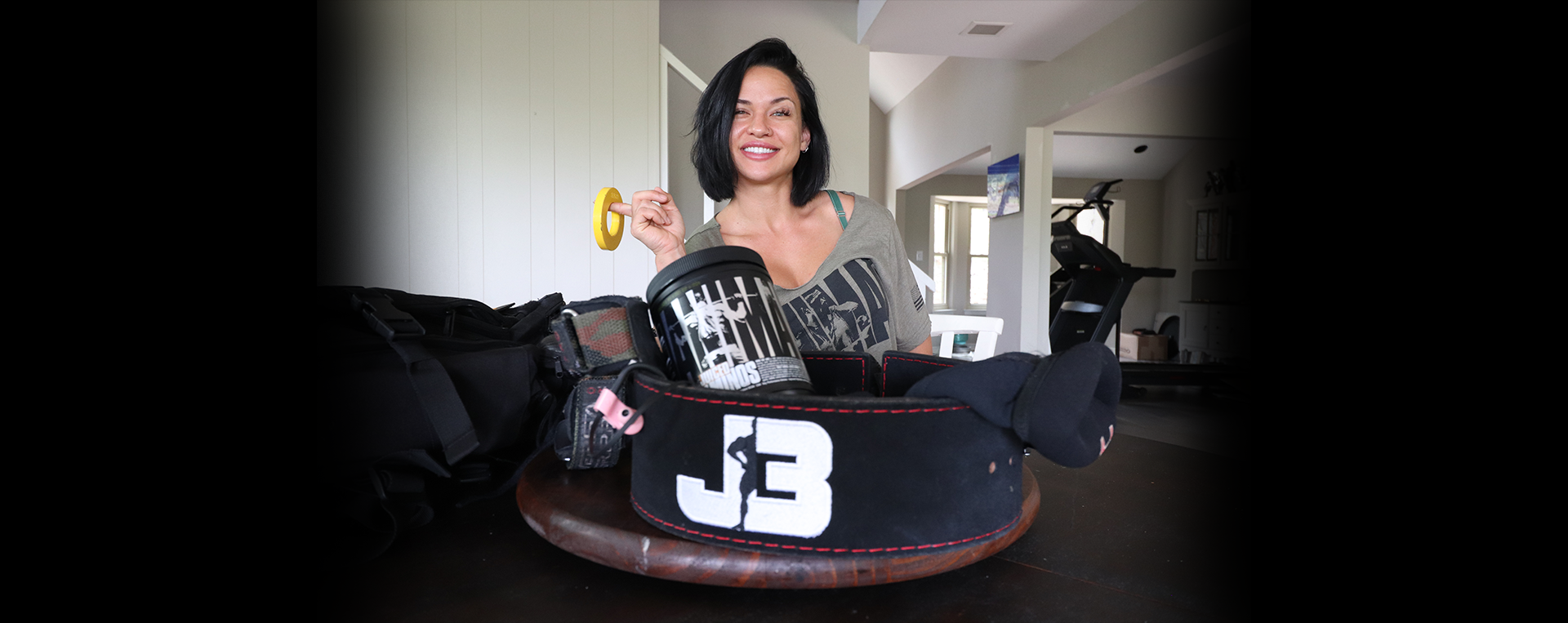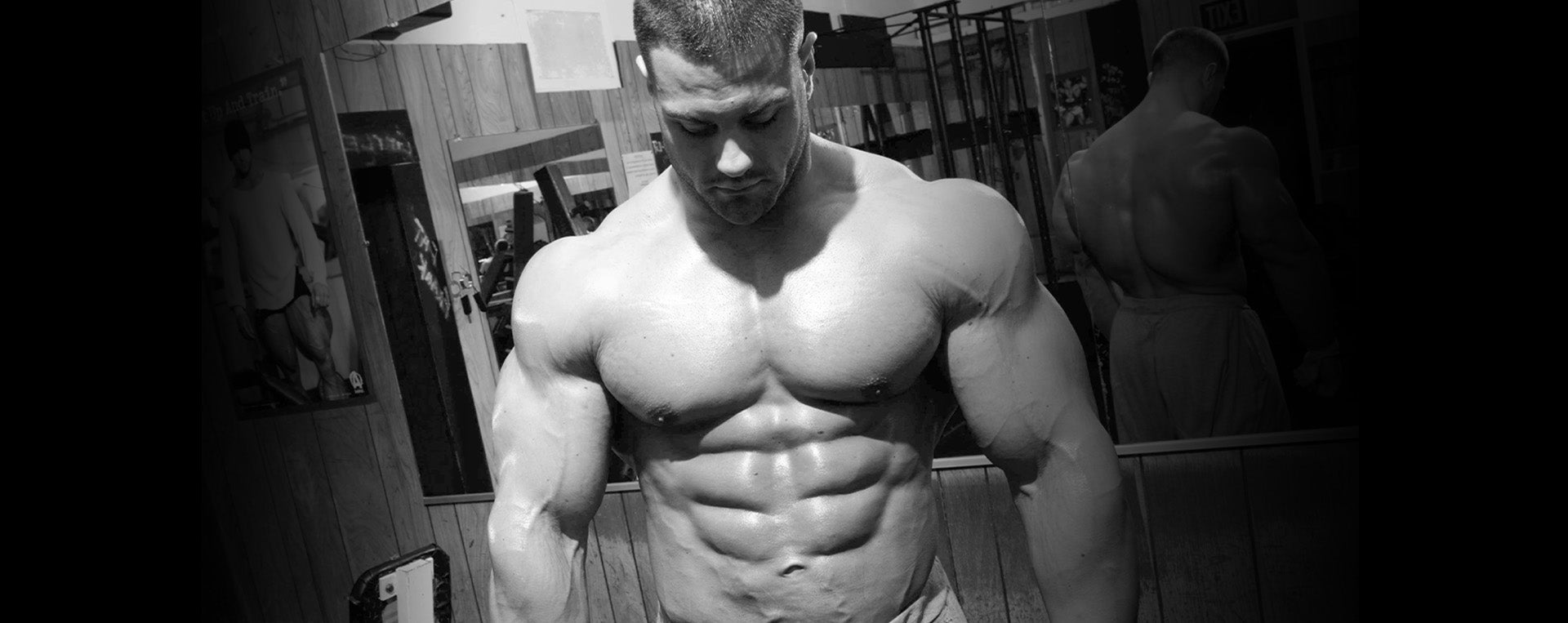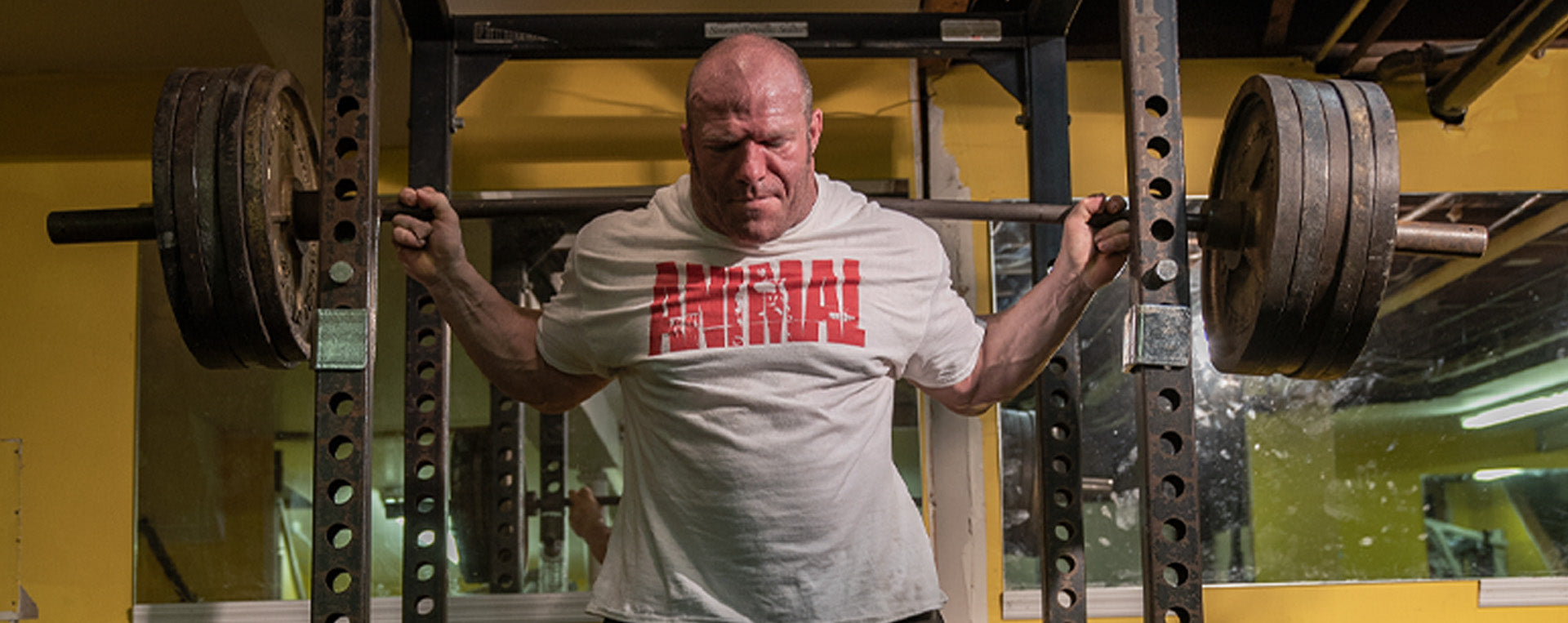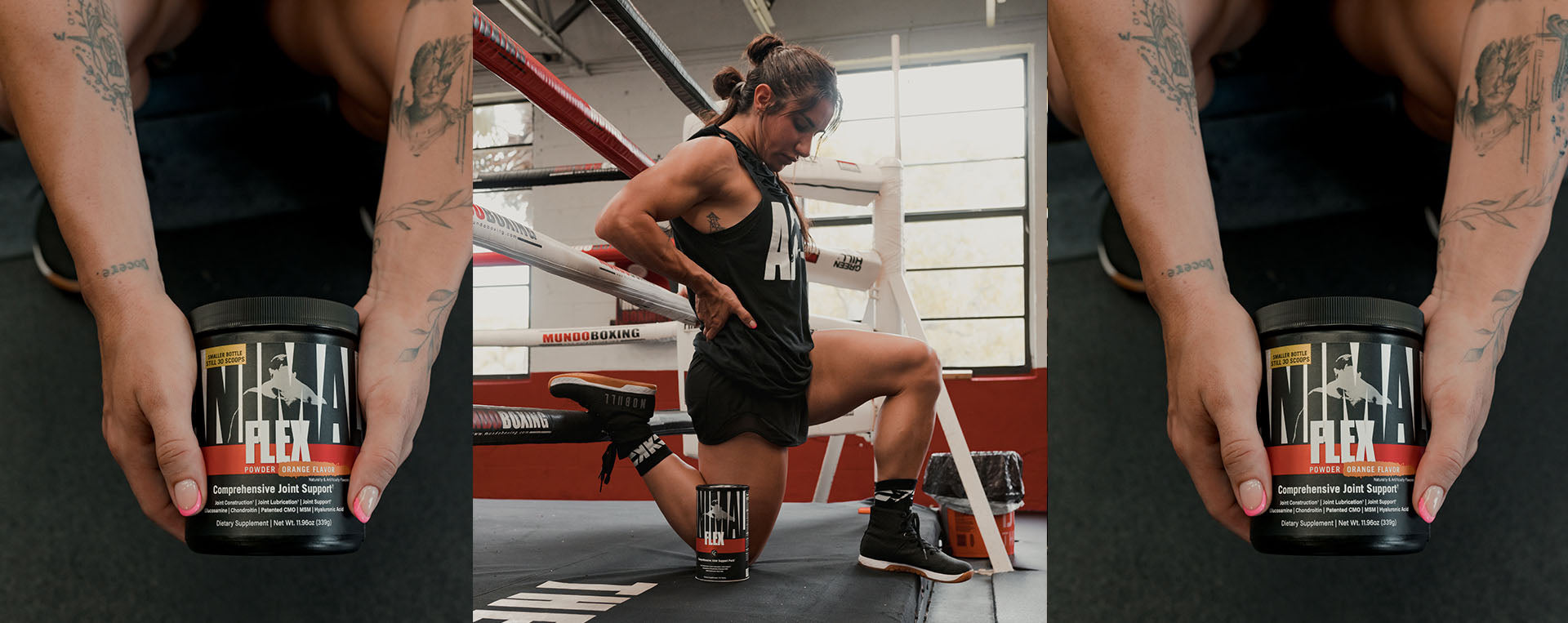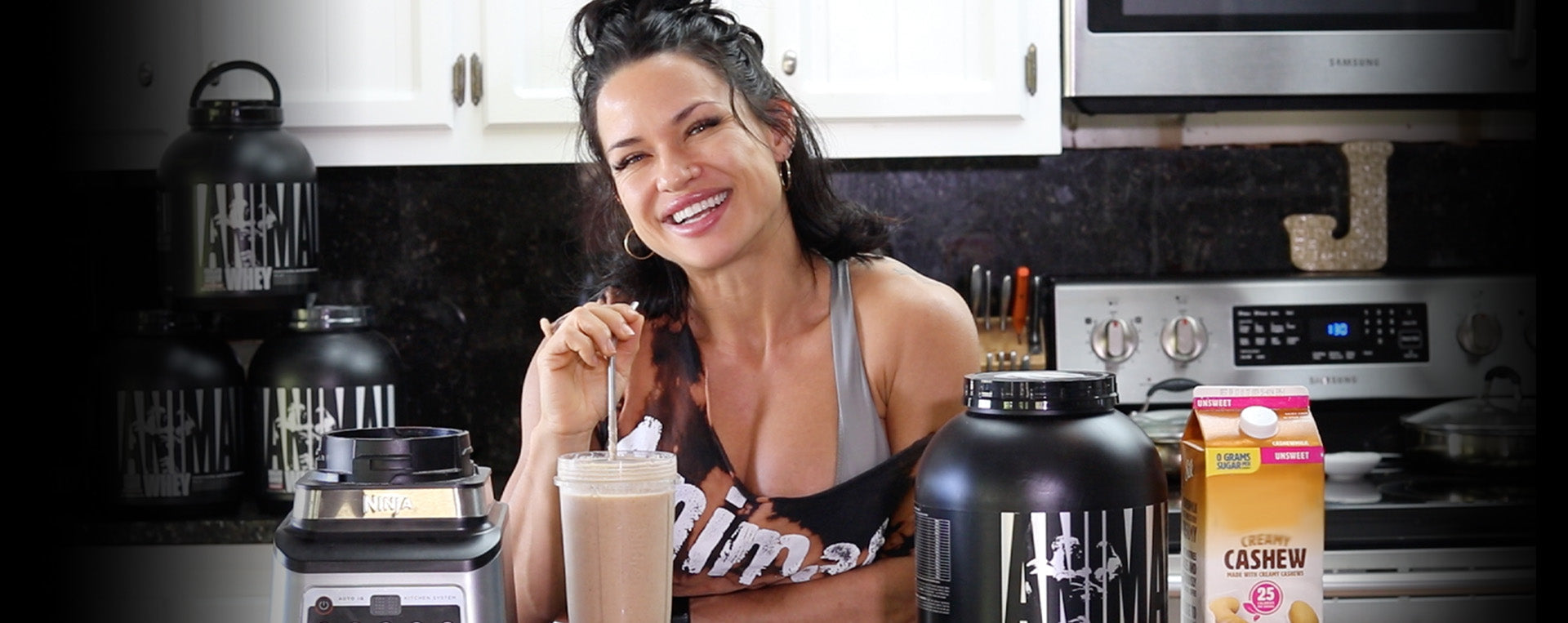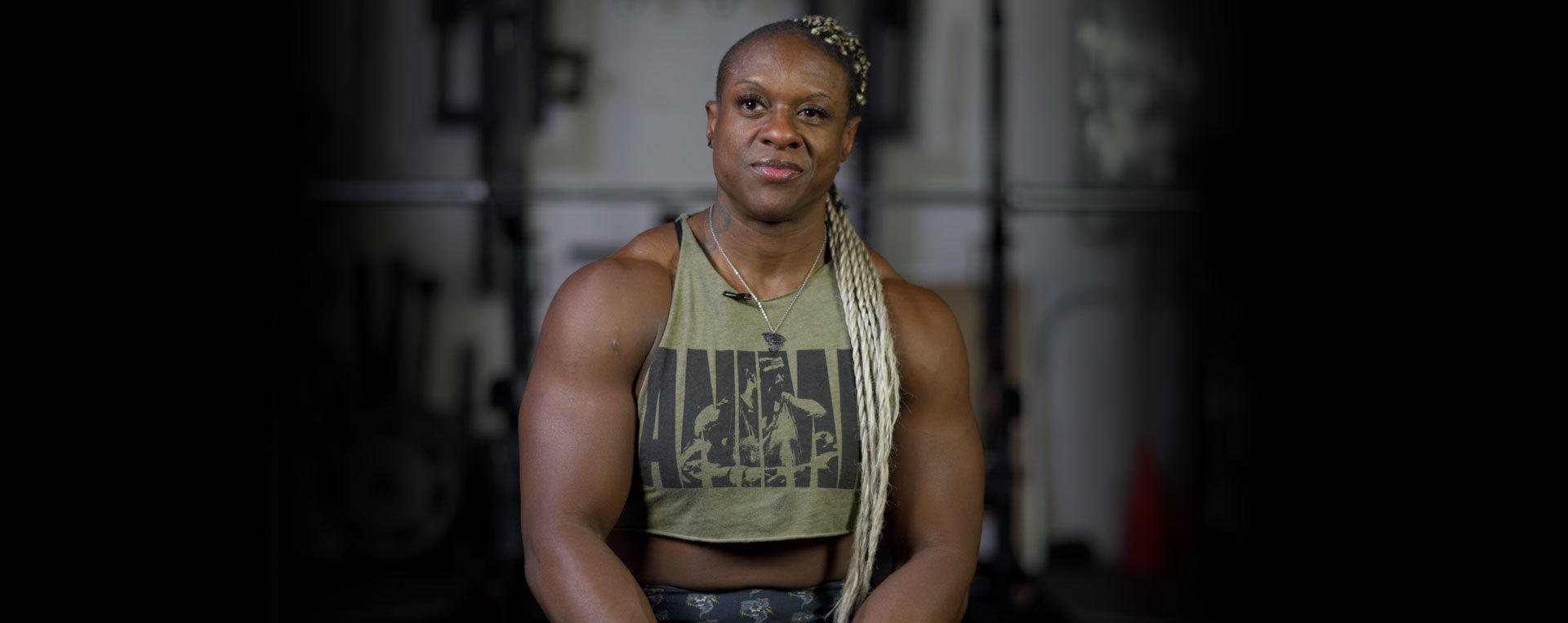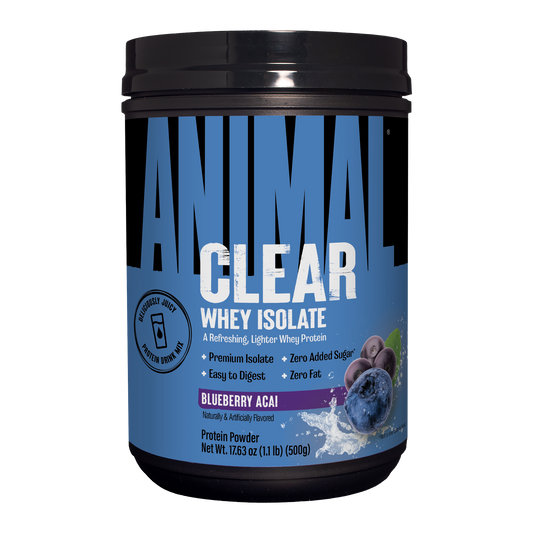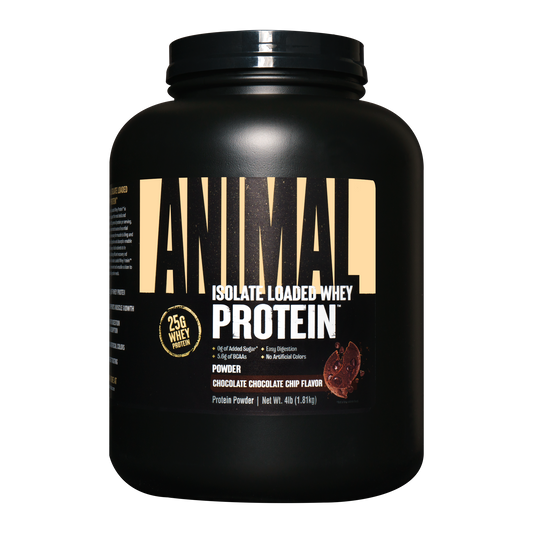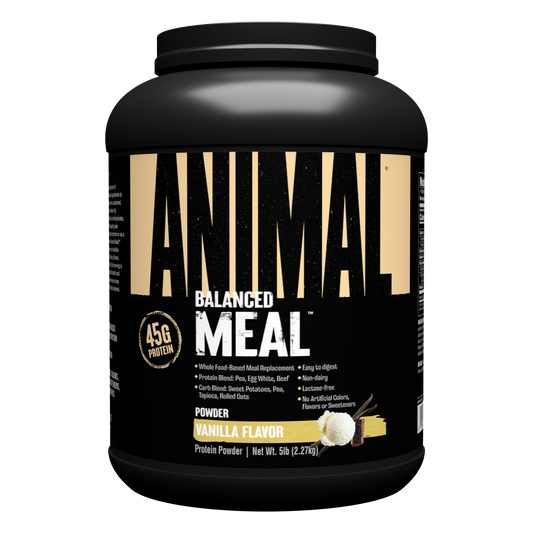Cardio Options
NEAT (Non-Exercise Activity Thermogenesis)NEAT is a fancy name to describe calories burned from movement you do during the day that is NOT exercise. This includes everything you do except sleeping, eating, and working out and can make a big impact on your fat-loss goals without affecting gym performance like traditional cardio can. Activities that contribute to your total NEAT include things like shopping, walking the dog, housework, and yard work, just to name a few. NEAT is probably one of the easiest and most versatile ways to increase calorie expenditure.
LISS (Low-Intensity Steady-State)
Steady-state cardio is a continuous, steady, moderate effort sustained for an extended period. LISS increases endurance and puts less stress on the cardiorespiratory system. Since LISS is a moderate-effort form of cardio, it’s not very taxing, typically generates little fatigue, and won’t interfere with strength training. A downfall to LISS is the time component. If you’re trying to lose fat, you must work out longer, depending on calorie-expenditure needs.
HIIT (High Intensity Interval Training)
HIIT alternates between short periods of intense anaerobic exercise and less intense recovery periods. An example of HIIT could be 30 seconds of cycling as fast as possible with a high resistance, followed by a minute of slow, easy cycling with low resistance. HIIT is highly demanding, both mentally and physically. It creates a lot of muscle damage and generates high fatigue; therefore, it can easily affect your next hypertrophy training session. One advantage to HIIT is it can save time, giving you more bang for your calorie-expenditure buck.
How to apply these to different phases
Off-season
Since the primary goal for a bodybuilder in the off-season is hypertrophy, we don’t want to overdo cardio and cause it to impede our gains. But some cardio can help keep health in check and maintain some level of fitness, so we’re not getting gassed after a hard set of squats.
We want to put cardio in place that will have the least impact on our gym performance. So doing a HIIT session right before you plan on smashing legs? Probably not a great idea. The farther away from lower-body training you can place your cardio, the better. I would try to avoid doing HIIT on lower-body days since it can generate such a high amount of fatigue. As a general rule, I would limit the number of HIIT and LISS sessions to no more than the number of your resistance-training sessions per week. So, if you weight train 4 days per week, that means no more than 4 days of cardio. If you do cardio on the same day as hypertrophy training, I would stick with LISS and try to arrange to do it 6 hours before or after training.
Still need more energy expenditure? Give NEAT a bump by simply moving more. Waiting for an appointment? Take a walk while you wait. Recovering for a few minutes in between sets? Pace around the gym. Is your dog a ball of energy? Take him/her for a few extra walks. The extra step count can help you keep digestion moving and hunger up and also allows for a higher calorie intake to fuel training. As a general recommendation, I like to see off-season steps average between 9k and 11k per day.
Contest Prep
During contest prep we’re focused on controlling each variable to have the most favorable outcome when we showcase our physique on stage. For most of us, cardio must happen during contest prep to create the energy deficit required to get stage lean. The amount of cardio depends on your starting point and how you respond to your contest prep plan as a whole. During contest prep, cardio will most likely increase as prep progresses. Since controlling variables is the name of the game during contest prep, select a few cardio machines to use. This allows for a more controlled set of variables. Resistance and speed can be controlled for machine-based cardio, so regardless of whether your plan calls for LISS or HIIT, it will be easier to adjust from week to week.
Keep NEAT up! I know we’re all tired and feel like an empty shell during prep. Our body tries to defend its ever-dwindling energy stores by reducing energy expenditure, and we subconsciously start moving less during contest prep. An easy way to combat this is by monitoring your NEAT. Counting steps keeps us accountable to not turn into a slug on the couch, and it makes a world of difference for fat loss.
So when moving from your off-season to prep, you average 9-11k steps per day and maybe 3-4 moderate-intensity cardio sessions. I would first increase LISS sessions to 5-6 days per week, and for the remainder of prep, increase step count to drive the deficit. Now, some might need the two a day 45-minute cardio sessions, but this progression should be needs-based around the individual for getting contest lean.
Non-Competitor Lifestyle
For the non-competitor looking to maintain a healthy weight and body composition, general guidelines for aerobic activity are pretty manageable to abide by and can even be enjoyable! According to the American Heart Association, adults should get at least 150 minutes of moderate-intensity aerobic activity per week, 75 minutes of vigorous aerobic activity per week, or a combination spread throughout the week. That would look something like 20 minutes of LISS per day or 10 HIIT per day. Seems pretty manageable, right?
Since a non-competitor doesn’t need to be as strategic with their cardio as a competitive bodybuilder, this leaves a ton of room for cardio variation. Whether you prefer LISS, HIIT, or a combination, you can incorporate these forms of cardio into your routine to meet your specific goals.
Don’t forget NEAT! It can be just as routine for the non-competitor as it is for the competitive bodybuilder. Find ways to integrate standing and moving activities into your routine. Small lifestyle changes can add up to big results. I know taking the stairs or parking further away from the grocery store can seem inconsequential, but these small changes turn into habits and these habits will start to compound over time and turn into big results.








